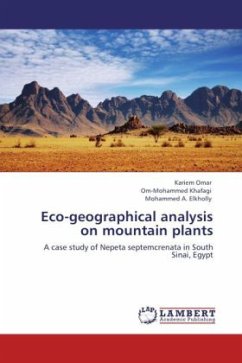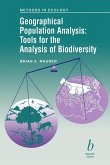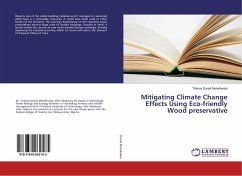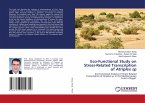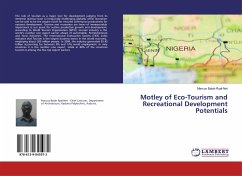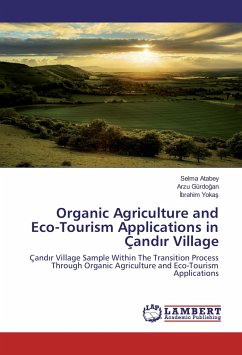In order to develop an efficient and effective conservation strategy using complementary in situ and ex situ techniques, we must have a clear understanding of each target species geographical distribution, its habitat preferences and requirements, its genetics, reproductive biology and taxonomy. The details of the localities where past collection have been made, the so-called passport data, associated with herbarium and germplasm collections, are a key source of information to guide future conservation activities. For example, if the passport data for a particular species indicates that it has previously been found only in the mountainsides of Saint Katherine Protectorate, then these areas are likely to contain the species today. Looking for it on nearby mangrove swamps in Southern Egypt will be of little use. The ecological, geographic, genetic, reproductive biology and taxonomic data are collectively referred to as eco-geographic data and their analysis is a necessary prerequisite of efficient conservation.

